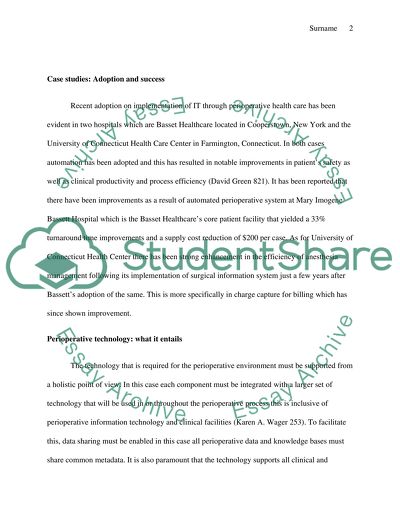Cite this document
(“Improving Perioperative Care through IT Research Paper”, n.d.)
Retrieved from https://studentshare.org/information-technology/1446256-improving-perioperative-care-through-it-research
Retrieved from https://studentshare.org/information-technology/1446256-improving-perioperative-care-through-it-research
(Improving Perioperative Care through IT Research Paper)
https://studentshare.org/information-technology/1446256-improving-perioperative-care-through-it-research.
https://studentshare.org/information-technology/1446256-improving-perioperative-care-through-it-research.
“Improving Perioperative Care through IT Research Paper”, n.d. https://studentshare.org/information-technology/1446256-improving-perioperative-care-through-it-research.


